Charges are to be introduced for people using park and ride services, Transport Minister Alexis Vafeades said on Monday.
The service, which was free at the point of use when it was first introduced in September last year as part of a pilot programme put forward by the government between the GSP Stadium in Latsia and central Nicosia, will soon begin charging users both for parking and for using the buses.
“There will either be a charge per use or a monthly charge. As for the parking fee, this is being assessed. Not all car parks on the planned routes are government land, and there will be maintenance costs,” Vafeades said.
In addition to the introduction of charges, plans are afoot to expand the number of park and ride services, both in Nicosia and in other towns and cities across the country.
“Efforts are being made to find space for parking near Jumbo, as well as near the ring-road junction at Tseri, and near the entrance of Nicosia,” Vafeades said.
In addition, the current service may be extended southwards to the village of Alambra and northwards to the parliament and courts.
Outside of Nicosia, Limassol and Larnaca look to be the next towns to be served with park and ride routes.
These routes, Vafeades said, “will mainly use the existing urban routes but also the intercity routes”.
In Limassol, the government plans to designate parking spaces at the Alfamega stadium, near the St George Havouzas church, at the Tsirio stadium, and in Ayios Tychonas.
Meanwhile, in Larnaca, the government is looking for space near Rizoelia and Kalo Chorio.
With this in mind, Vafeades said the issue of traffic is “not yet that serious” in Larnaca, but that the government is “acting proactively” with plans to introduce a park and ride system anyway.
Looking back at the project so far, he said a total of 80,000 journeys were made on Nicosia’s park and ride service in 2023, which meant there were between 350 and 400 fewer cars on the capital’s road network per day.
He added that in total, 39.6 million kilometres were travelled on public transport in Cyprus last year – an increase of nine per cent on the previous year. There were also a total of 28 million passenger journeys made, up 18 per cent on 2022.
Other points of note touched on by Vafeades included that there had been a total of 15,000 cases of people being caught running red lights in 2023, with 62 per cent of those incidences occurring in Cyprus’ urban centres.
With the aim of cutting those numbers, he said the government is “taking action to inform the public regarding rules at intersections”, including “a change in the way the green arrow works”.
This promotion campaign is costing €100,000, with the government set to “continue to monitor statistics and the response of drivers”.
These measures will go hand in hand with the government drawing up “sustainable development and mobility plans” for Nicosia, Limassol, and Larnaca.
Vafeades said Nicosia’s plan is due to be completed “within the next two to three months”, while the plans for Limassol and Larnaca are expected to be ready in 2026.
Looking to the nearer future, he said the government aims in 2024 to install overhead lit displays on motorways which will display information regarding congestion, as well as 300 new bus stops and more bicycle infrastructure.

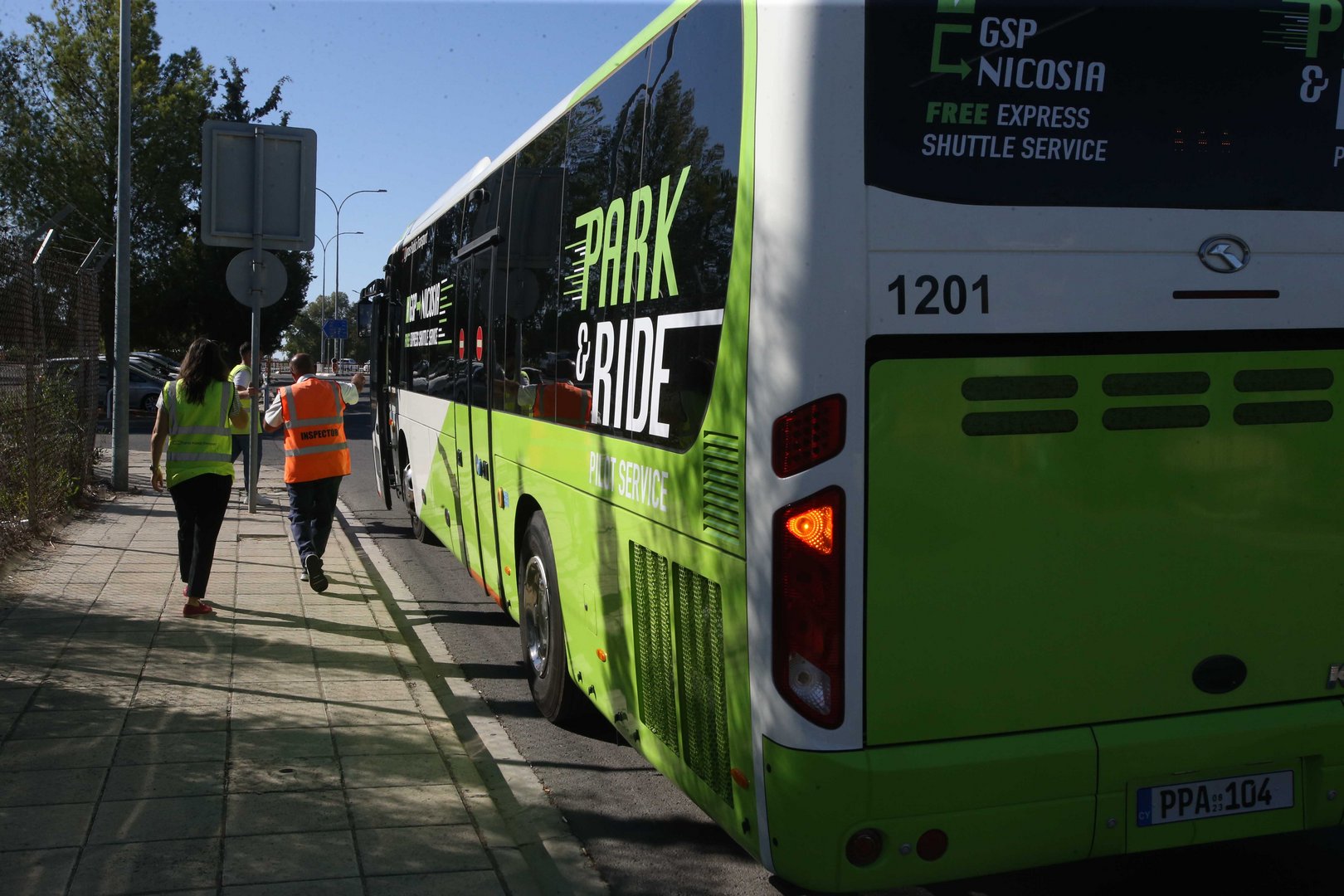
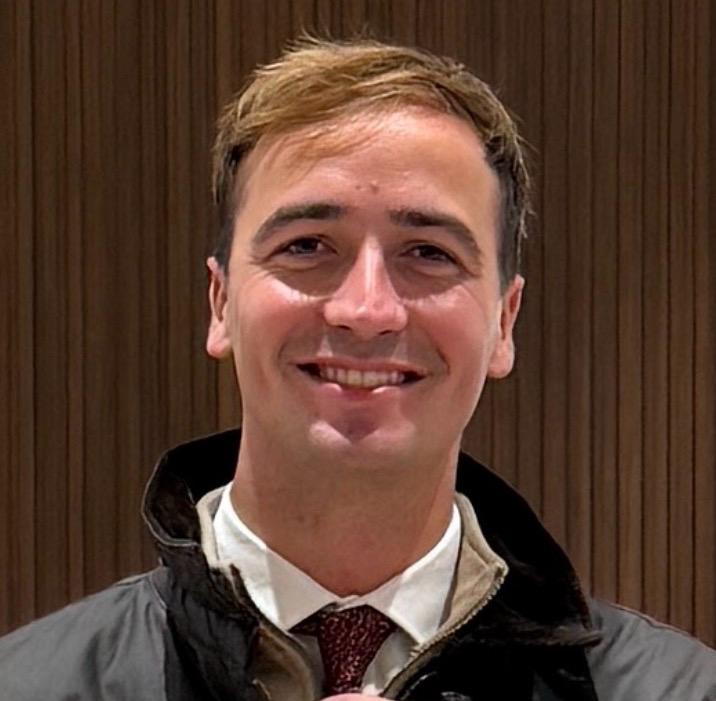
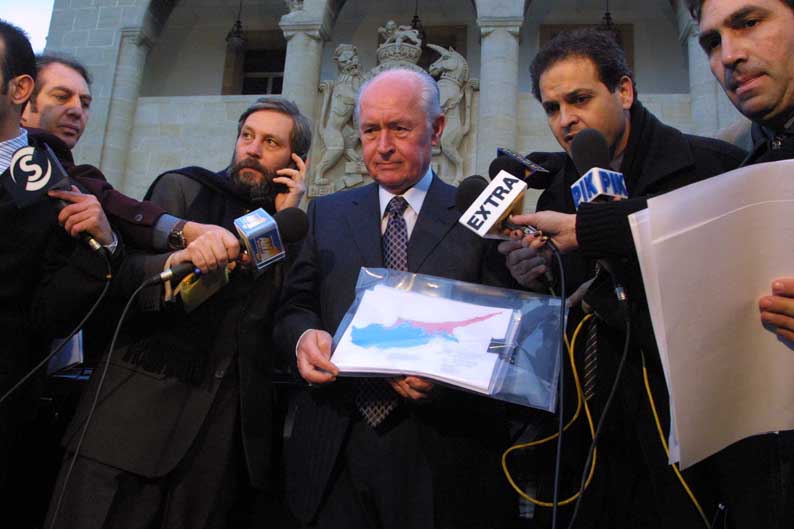
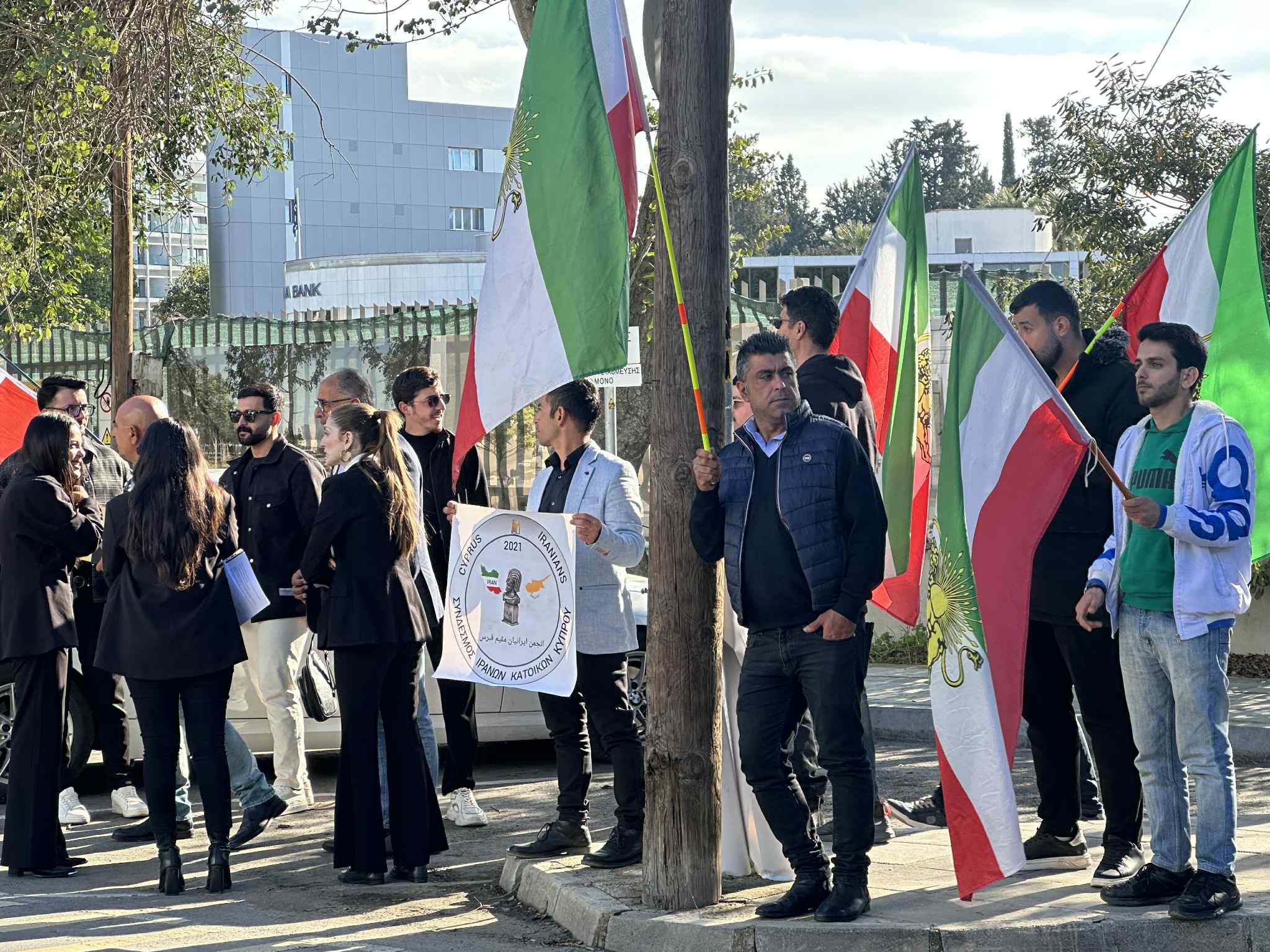

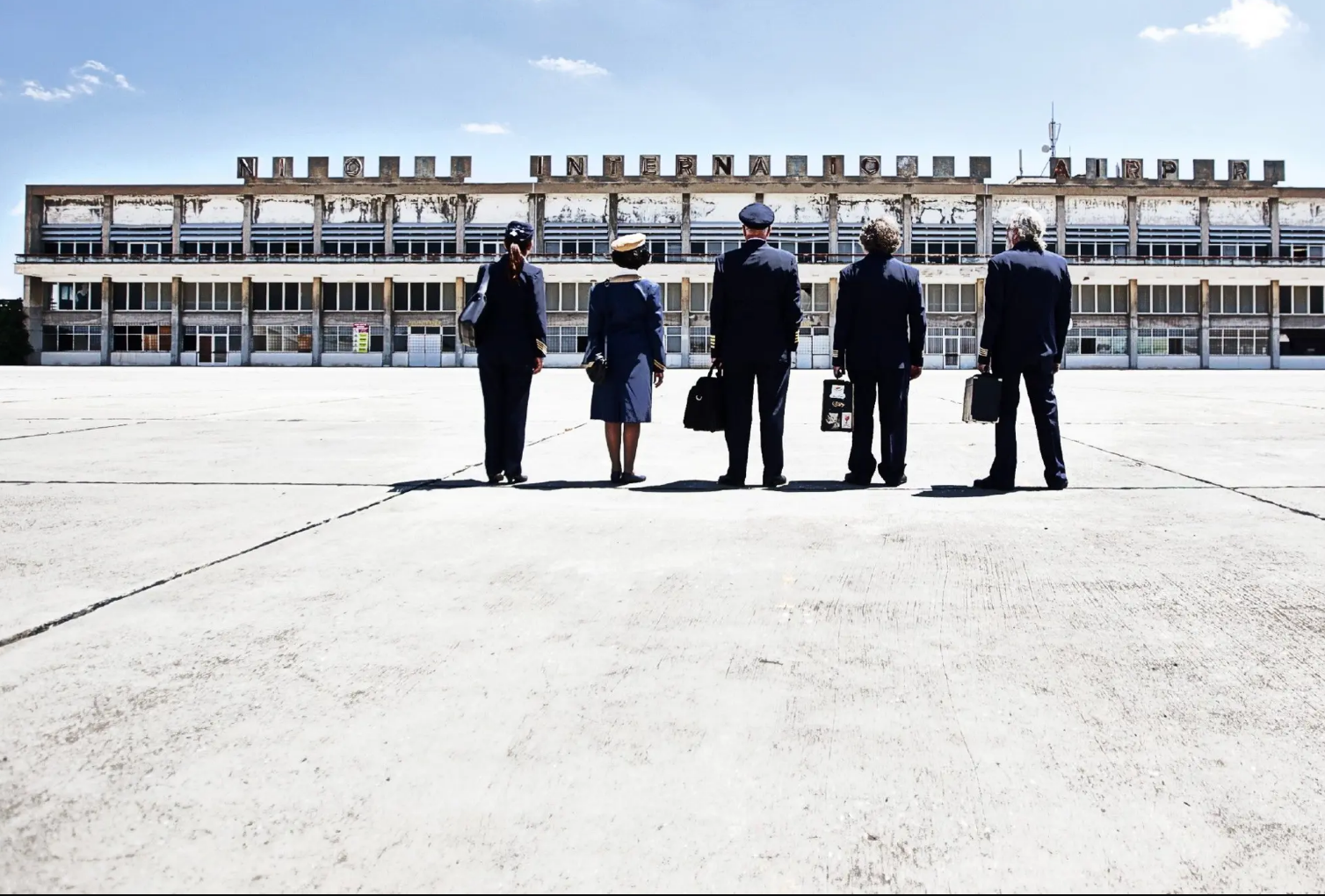
Click here to change your cookie preferences